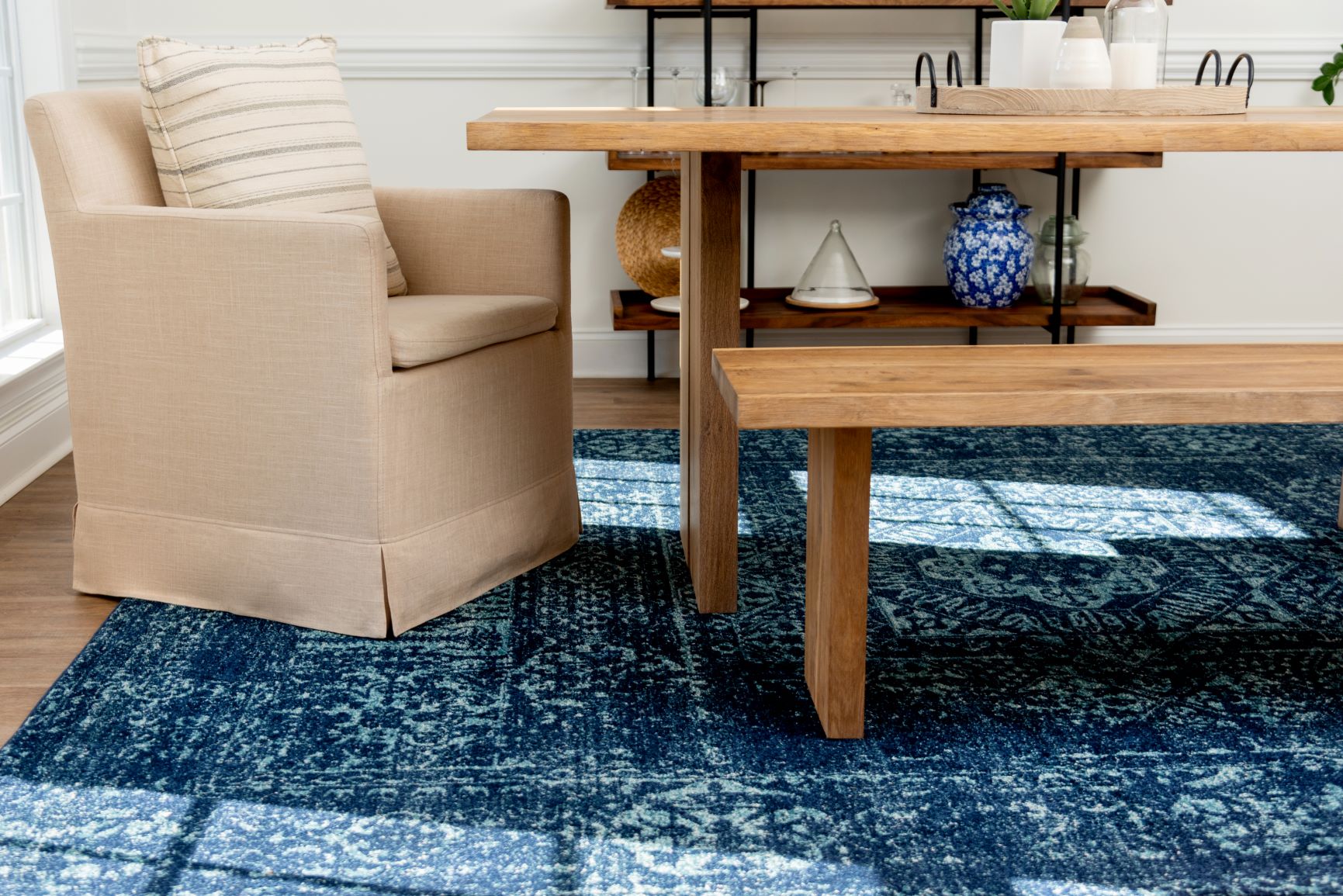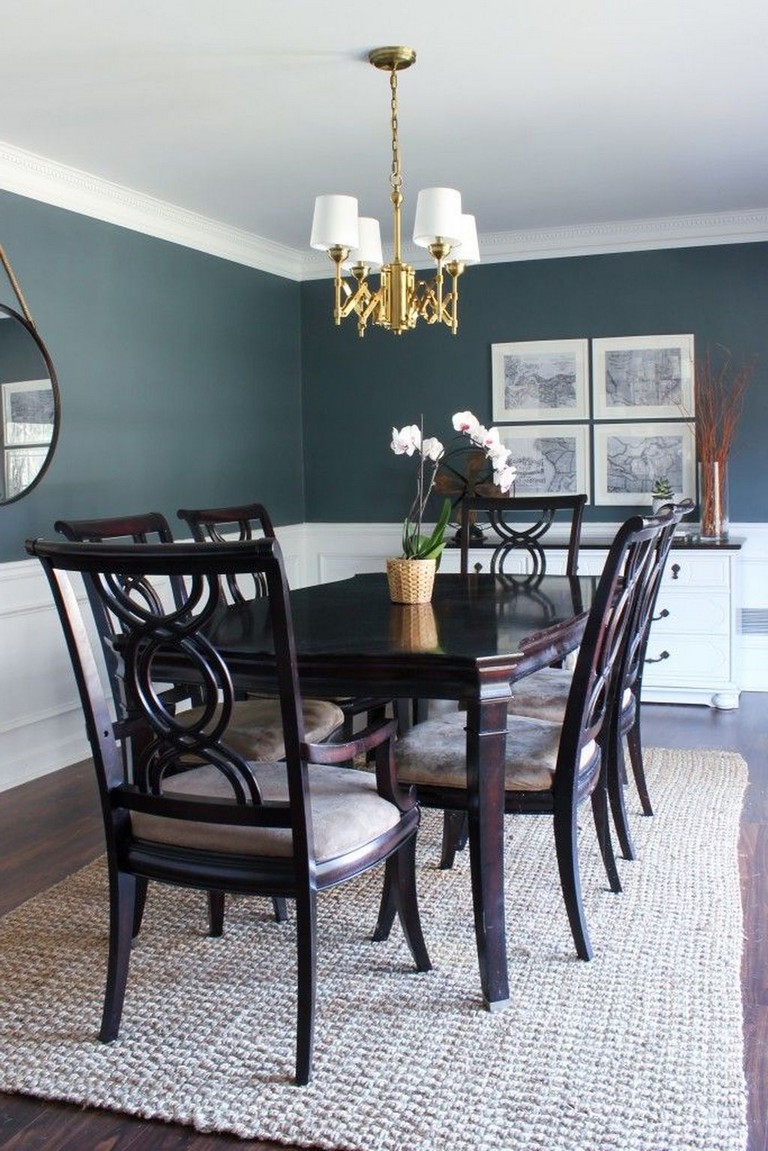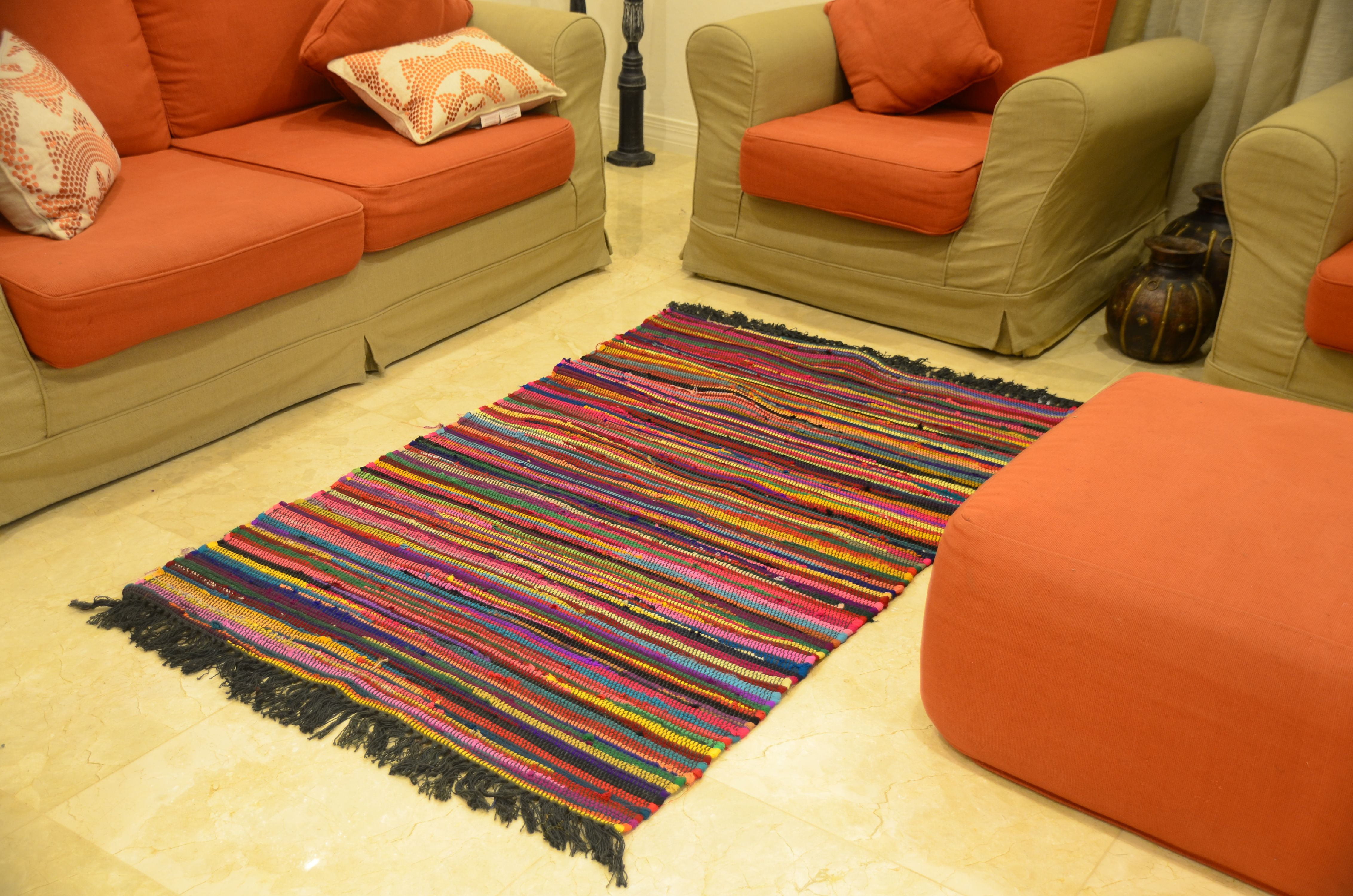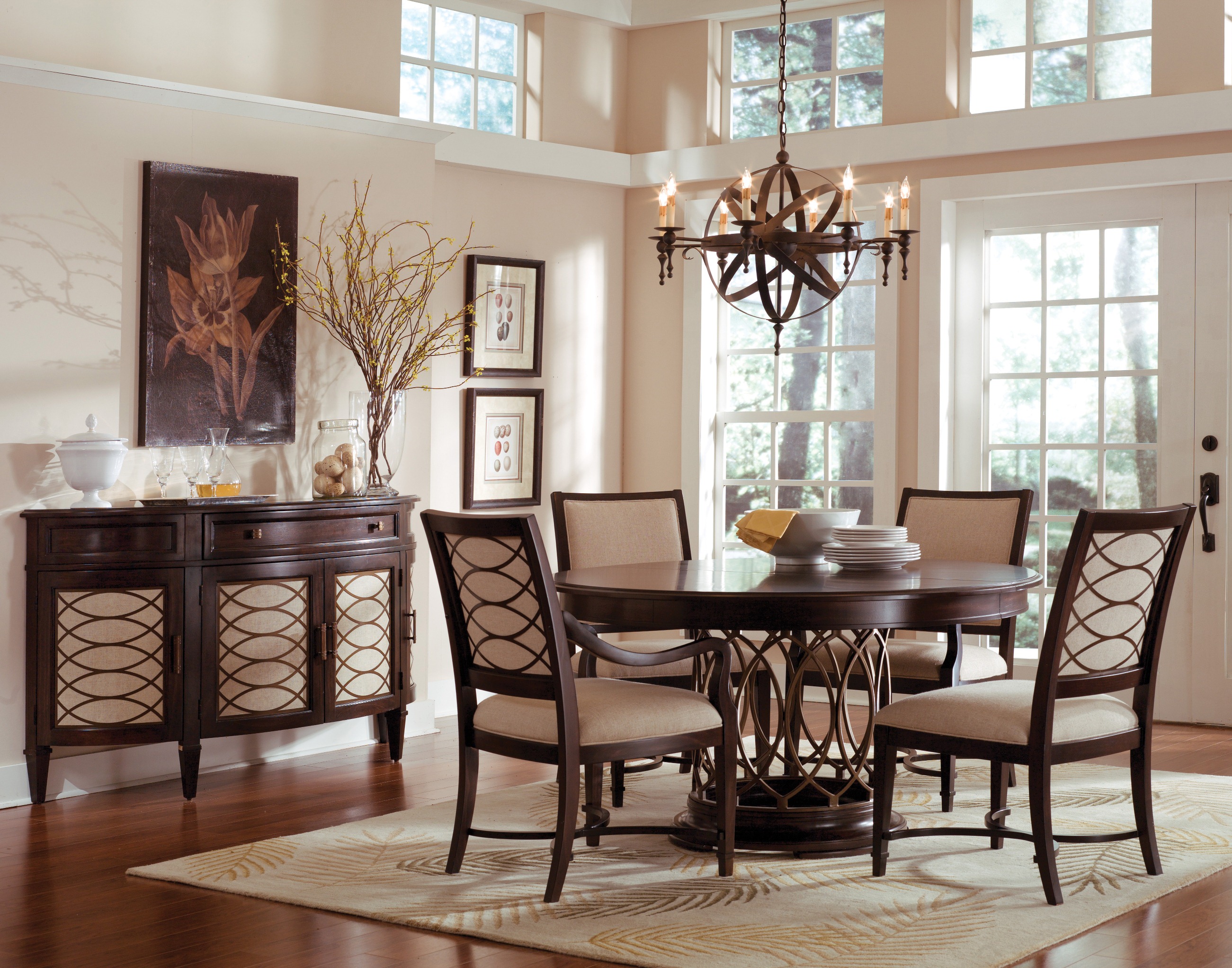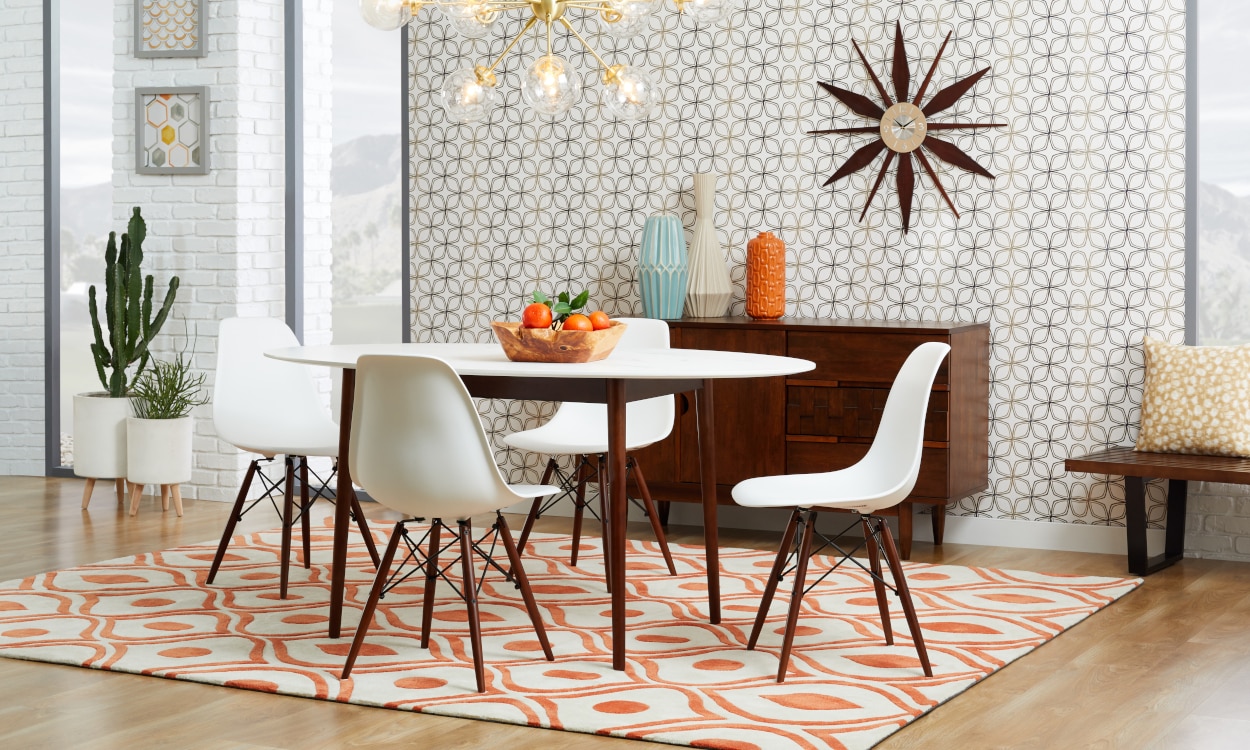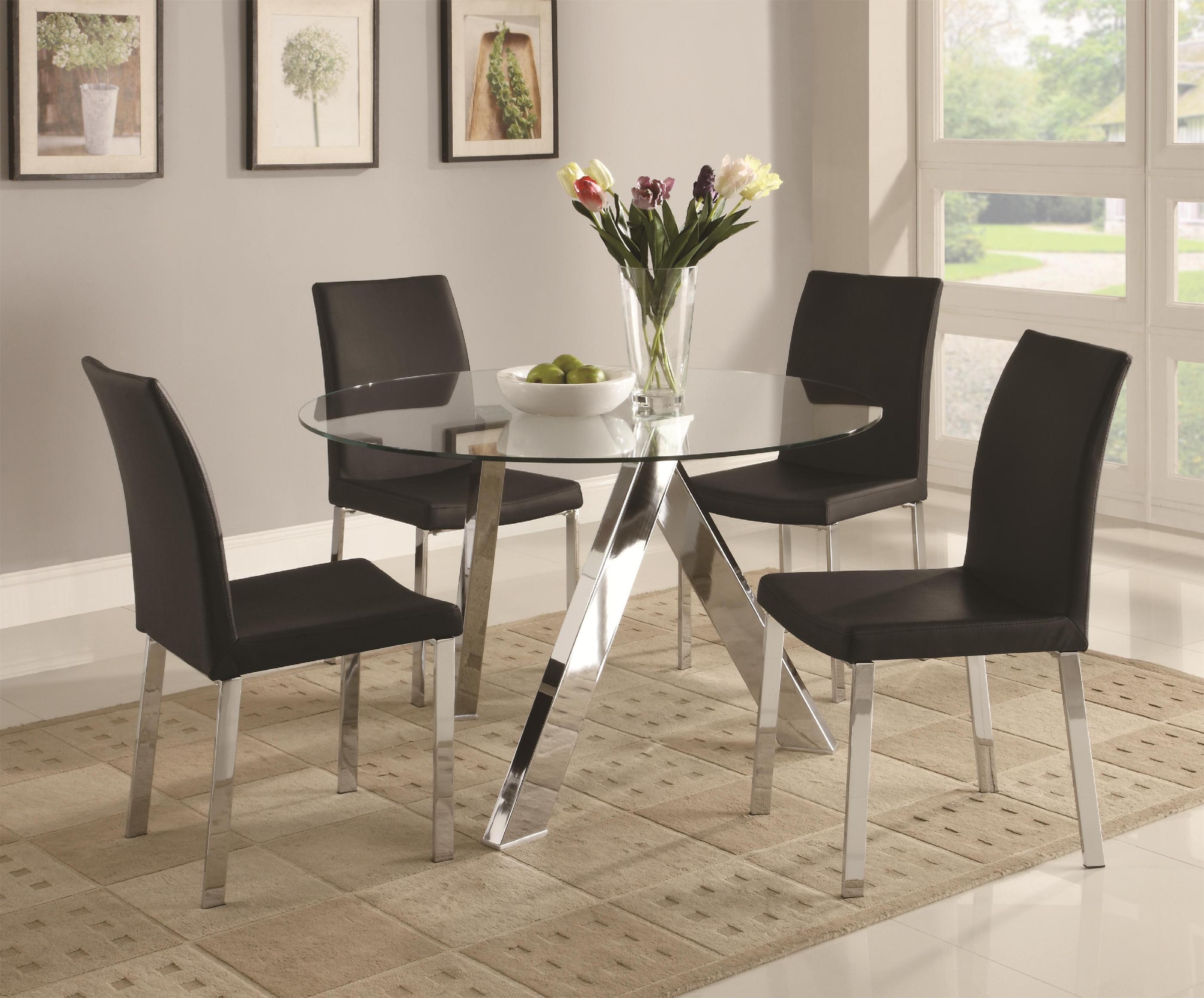Adding a rug to your dining room can instantly elevate the look and feel of the space. A rug not only adds warmth and texture, but it also helps to define the dining area in an open floor plan. However, choosing the right rug for your dining room can be a daunting task. So, let's explore the pros and cons of having a rug in your dining room and help you decide if it's the right choice for your home. Rug in Dining Room
On the other hand, some homeowners prefer to have a bare floor in their dining room. This minimalist approach can create a sleek and modern look, especially if you have hardwood or tile flooring. Without a rug, your dining room can also feel more spacious and open, making it perfect for smaller homes or apartments. No Rug in Dining Room
If you do decide to add a rug to your dining room, there are endless possibilities when it comes to style and design. A popular choice is a traditional rectangular rug placed under the dining table. This works well for both round and rectangular tables. Another option is a round rug, which can add a unique touch to your dining room. You can also consider a runner rug if you have a long and narrow dining space. Dining Room Rug Ideas
One of the most common mistakes when it comes to rugs in the dining room is choosing the wrong size. A rug that is too small can make the whole room look off-balance, while a rug that is too large can overwhelm the space. As a general rule, the rug should be at least 24 inches wider and longer than your dining table to allow enough room for chairs to move in and out comfortably. Dining Room Rug Size
When it comes to placement, the rug should be centered under the dining table. This will help to anchor the table and create a cohesive look. Make sure to leave enough space between the rug and the walls to avoid a cramped feel. If you have a large dining room, you can also consider layering a smaller rug on top of a larger one for added interest and texture. Dining Room Rug Placement
If you have a busy household with children or pets, you may be concerned about spills and stains on your dining room rug. Fortunately, there are several ways to protect your rug while still enjoying its beauty. One option is to choose a rug made from stain-resistant materials such as wool or synthetic fibers. You can also consider a darker rug color or pattern, which can help to camouflage any potential stains. Dining Room Rug Under Table
While there are no strict rules when it comes to choosing a rug for your dining room, there are a few guidelines to keep in mind. First, make sure the rug complements the overall style of your dining room and coordinates with your existing decor. Second, consider the traffic flow in the room and choose a rug that can withstand heavy foot traffic. And lastly, don't be afraid to mix and match patterns and textures to add visual interest to the space. Dining Room Rug Rules
As with any home decor element, there are always new trends emerging in the world of dining room rugs. Currently, geometric patterns, bold colors, and natural materials such as jute and sisal are popular choices. In addition, layering rugs is becoming a popular trend, allowing homeowners to mix and match different textures and patterns for a unique and personalized look. Dining Room Rug Trends
The color of your dining room rug can have a significant impact on the overall look and mood of the space. A neutral rug can create a calming and sophisticated feel, while a bold and vibrant rug can add a pop of color and personality to the room. It's important to consider the color of your walls and furniture when choosing a rug color to ensure a cohesive and harmonious look. Dining Room Rug Colors
The material of your dining room rug can also play a role in its functionality and durability. Wool is a popular choice for its softness and stain-resistant properties. Synthetic fibers such as nylon and polyester are also durable and easy to clean. Natural materials like jute and sisal can add a touch of texture to your dining room, but they may not be as forgiving when it comes to spills and stains. In conclusion, whether or not to have a rug in your dining room ultimately depends on personal preference and the specific needs and style of your home. Consider the pros and cons, and make sure to choose a rug that not only looks beautiful but also fits your lifestyle and budget. With the right rug, your dining room can become a warm and inviting space for family meals and gatherings with friends. Dining Room Rug Material
The Debate: Rug or No Rug in the Dining Room
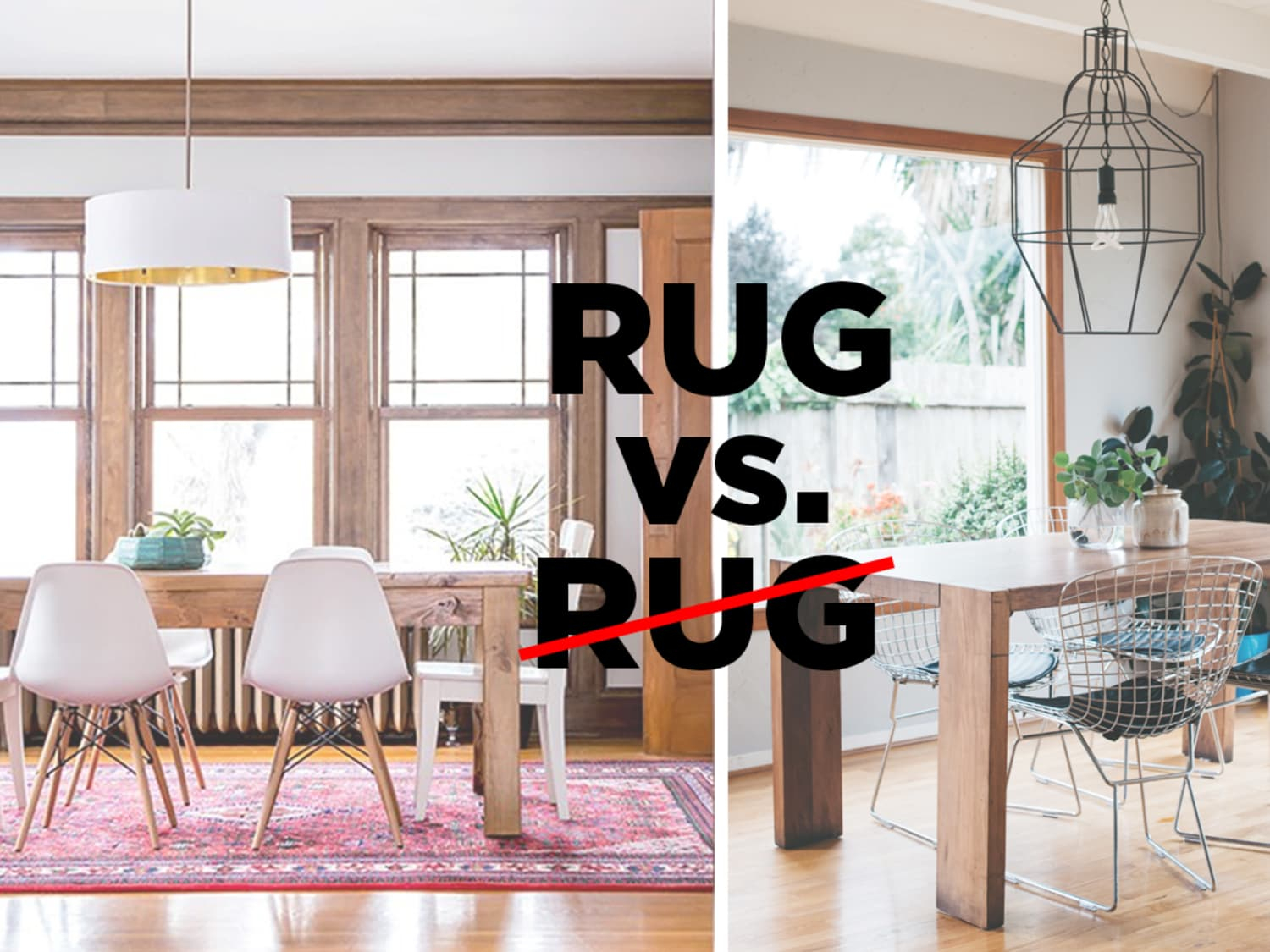
Enhancing Aesthetics
/choose-dining-room-rug-1391112-hero-4206622634654a6287cc0aff928c1fa1.jpg) When it comes to designing a dining room, one of the main debates is whether or not to include a rug. Some argue that a rug can enhance the overall aesthetics of the room, while others believe that it can be an unnecessary addition. At the end of the day, the decision ultimately comes down to personal preference and the overall design concept of the space. However, there are a few factors to consider when deciding whether or not to incorporate a rug into your dining room design.
When it comes to designing a dining room, one of the main debates is whether or not to include a rug. Some argue that a rug can enhance the overall aesthetics of the room, while others believe that it can be an unnecessary addition. At the end of the day, the decision ultimately comes down to personal preference and the overall design concept of the space. However, there are a few factors to consider when deciding whether or not to incorporate a rug into your dining room design.
Defining the Space
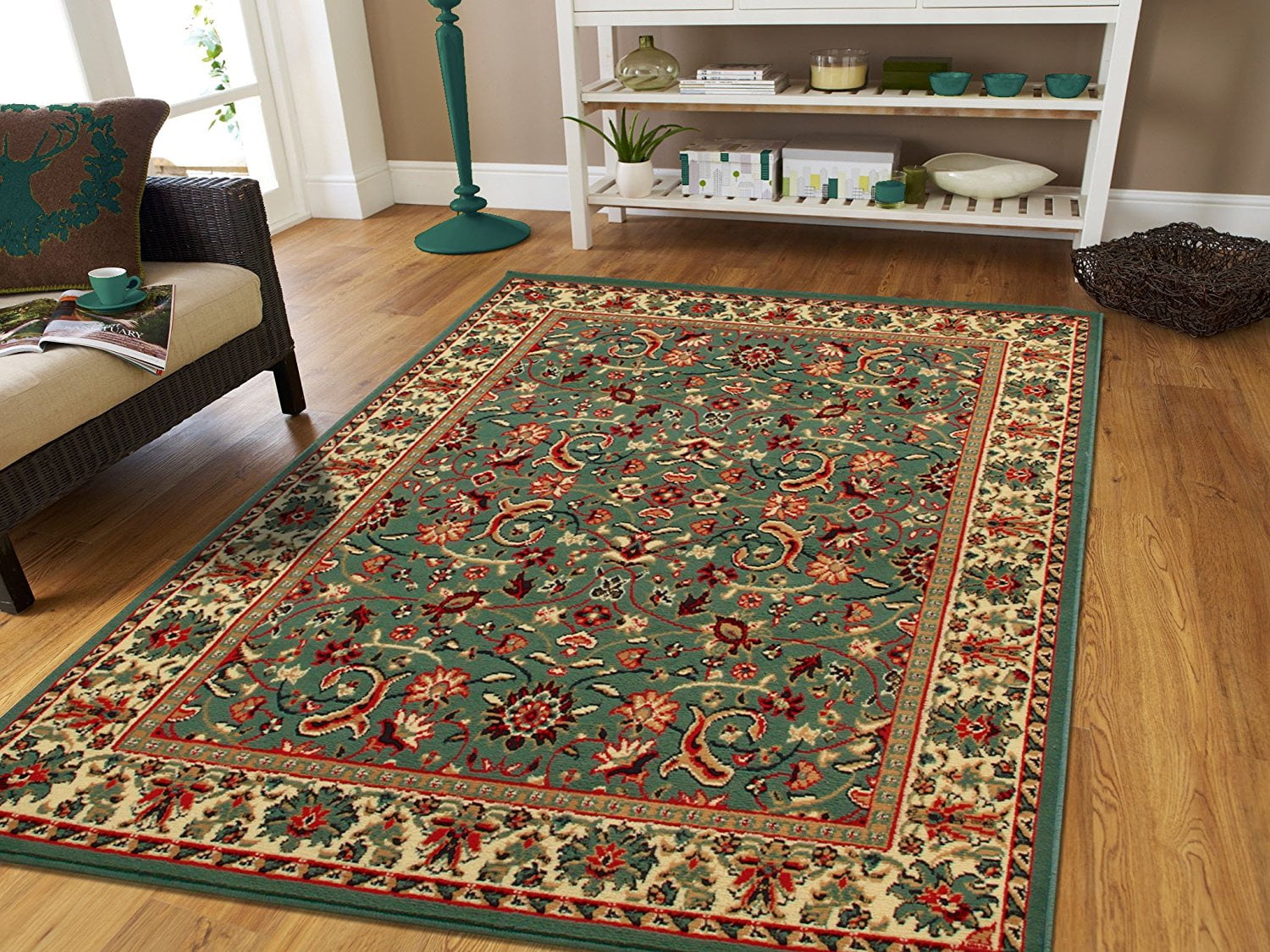 One of the main benefits of adding a rug to a dining room is that it can help to define the space. In open concept homes, where the dining area may be connected to the living room or kitchen, a rug can help to visually separate the dining room and create a designated area for meals. This can also be helpful in smaller dining rooms, where a rug can make the space feel more defined and intentional.
Main keyword: rug
One of the main benefits of adding a rug to a dining room is that it can help to define the space. In open concept homes, where the dining area may be connected to the living room or kitchen, a rug can help to visually separate the dining room and create a designated area for meals. This can also be helpful in smaller dining rooms, where a rug can make the space feel more defined and intentional.
Main keyword: rug
Adding Texture and Color
 Another reason to consider adding a rug to your dining room is to add texture and color to the space. A rug can be the perfect opportunity to introduce a pop of color or a bold pattern into an otherwise neutral room. It can also add a layer of texture, especially if the dining room has a lot of hard surfaces such as wood or tile. A rug can provide a cozy and inviting feel to the space, making it a more enjoyable place to gather for meals.
Another reason to consider adding a rug to your dining room is to add texture and color to the space. A rug can be the perfect opportunity to introduce a pop of color or a bold pattern into an otherwise neutral room. It can also add a layer of texture, especially if the dining room has a lot of hard surfaces such as wood or tile. A rug can provide a cozy and inviting feel to the space, making it a more enjoyable place to gather for meals.
Practical Considerations
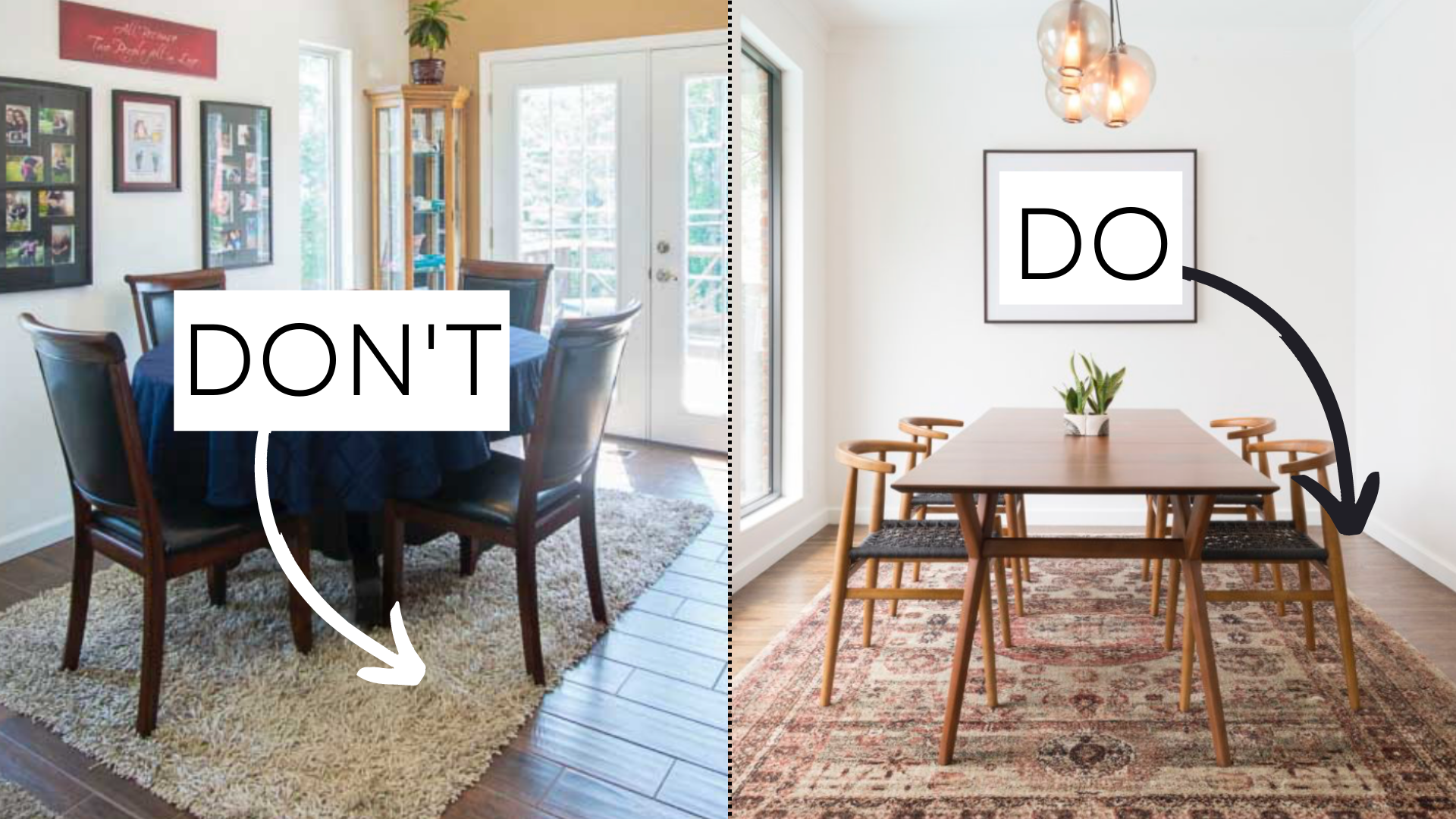 While the aesthetic benefits of a rug in the dining room are undeniable, it's also important to consider the practical aspects. For example, if you have young children or pets, a rug may not be the most practical choice as it can be difficult to clean and maintain. Additionally, if you frequently entertain and have a lot of guests over for meals, a rug may not be the most practical choice as spills and stains are more likely to occur.
Related main keyword: dining room
While the aesthetic benefits of a rug in the dining room are undeniable, it's also important to consider the practical aspects. For example, if you have young children or pets, a rug may not be the most practical choice as it can be difficult to clean and maintain. Additionally, if you frequently entertain and have a lot of guests over for meals, a rug may not be the most practical choice as spills and stains are more likely to occur.
Related main keyword: dining room
The Verdict
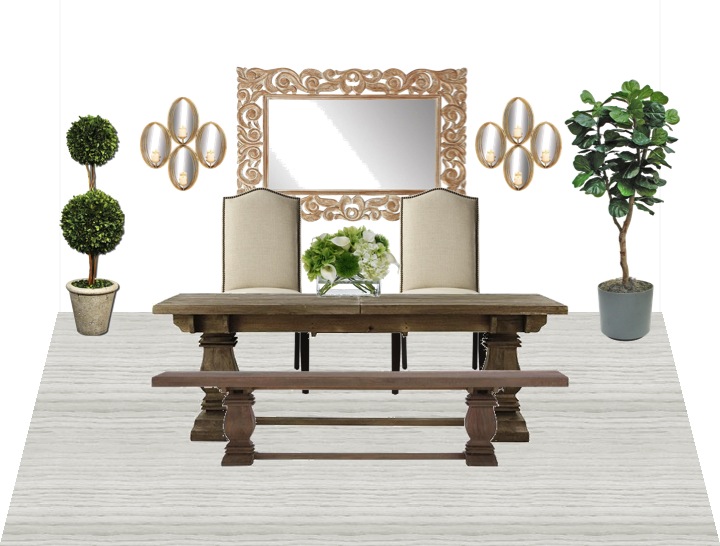 In the end, the decision to include a rug in your dining room design is a personal one. It's important to consider the overall look and feel you want to achieve, as well as any practical considerations that may affect your decision. However, if you do decide to incorporate a rug, make sure to choose one that complements the rest of the space and adds to the overall design rather than detracting from it.
Featured keyword: design
In the end, the decision to include a rug in your dining room design is a personal one. It's important to consider the overall look and feel you want to achieve, as well as any practical considerations that may affect your decision. However, if you do decide to incorporate a rug, make sure to choose one that complements the rest of the space and adds to the overall design rather than detracting from it.
Featured keyword: design
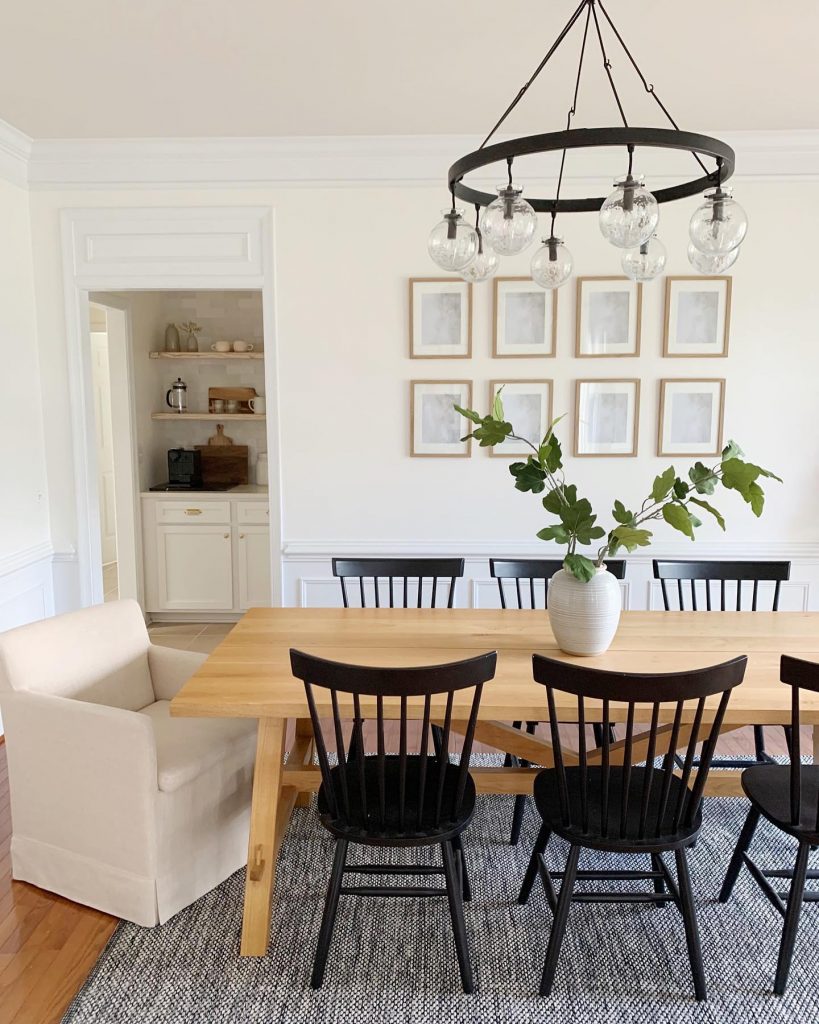
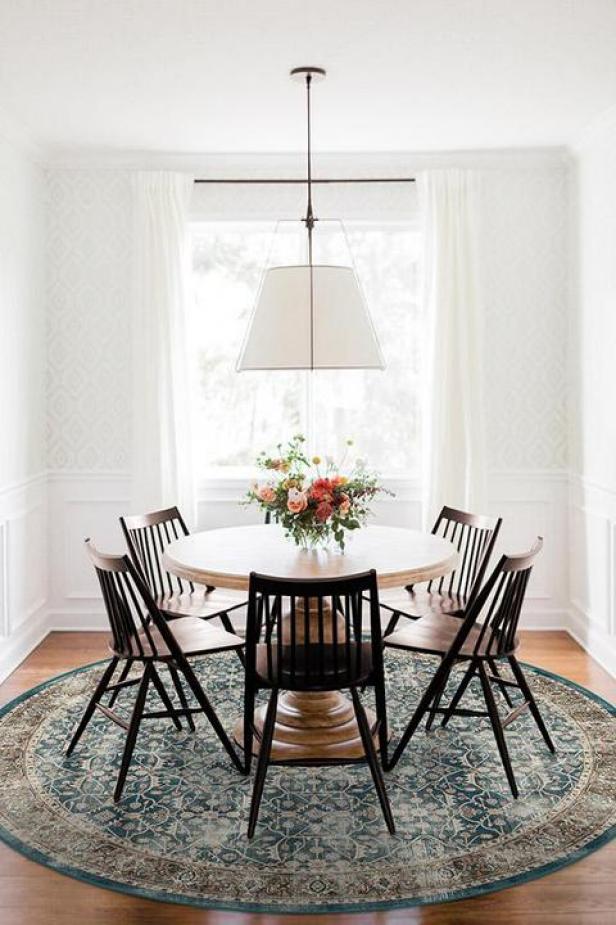
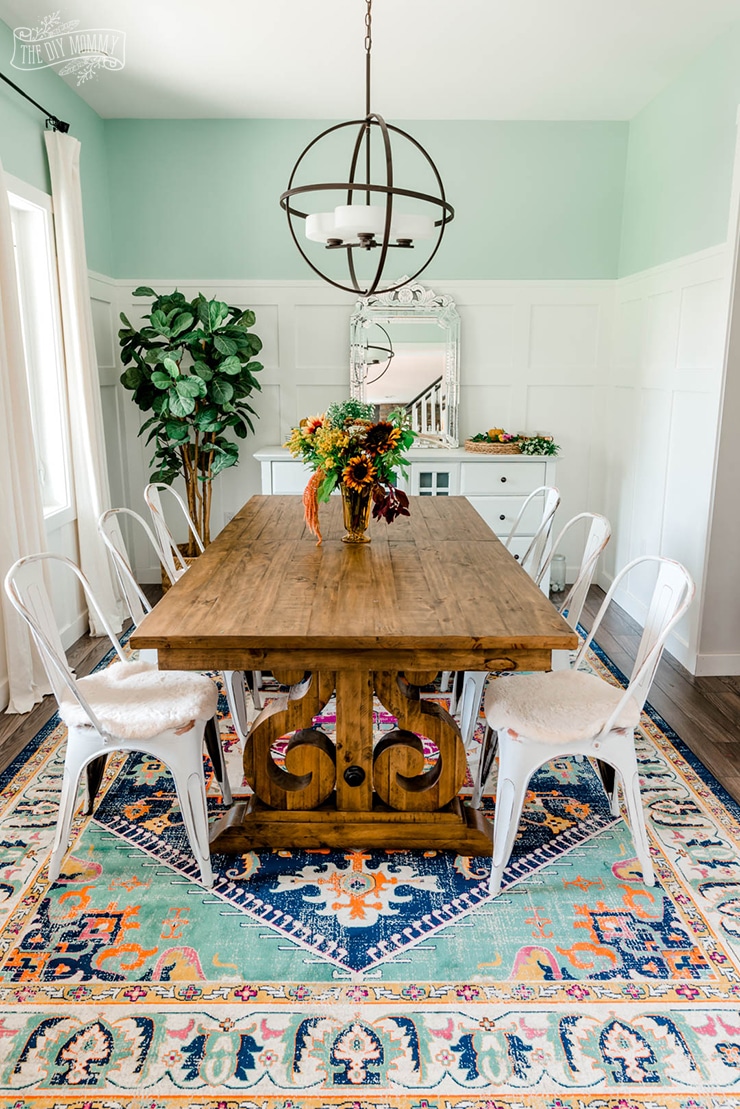
:max_bytes(150000):strip_icc()/choose-dining-room-rug-1391112-hero-4206622634654a6287cc0aff928c1fa1.jpg)


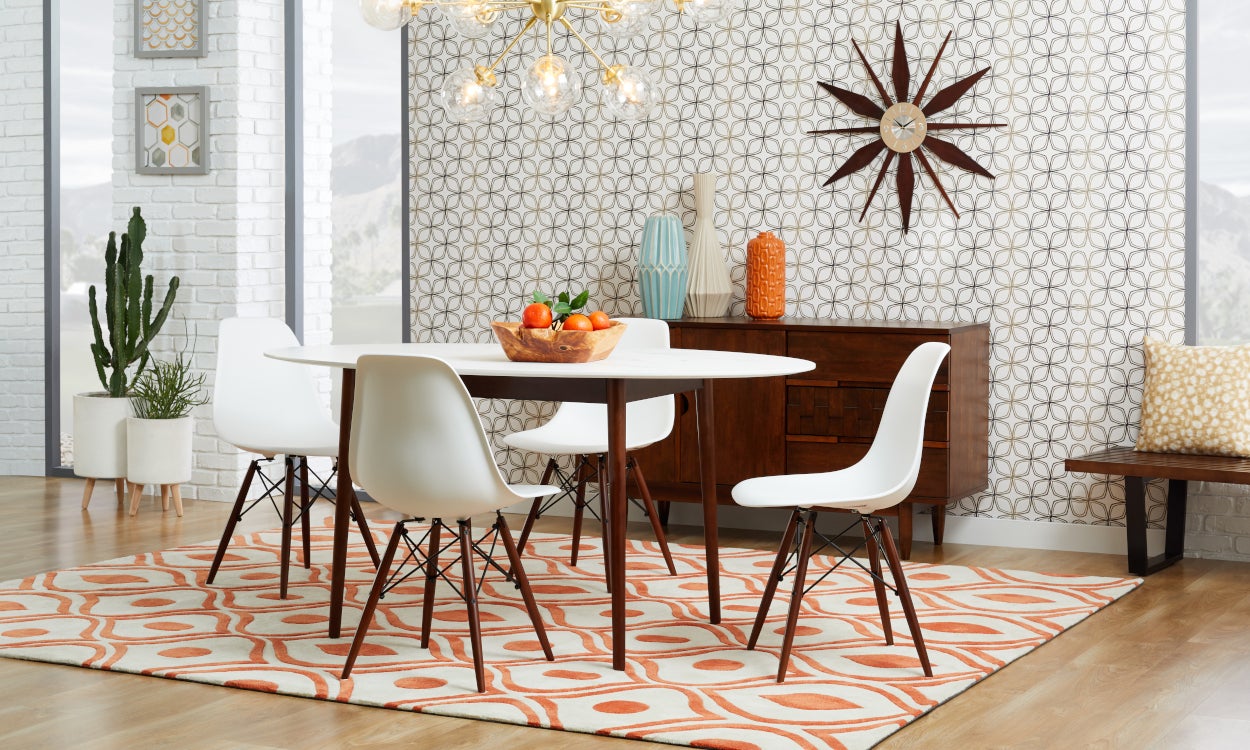
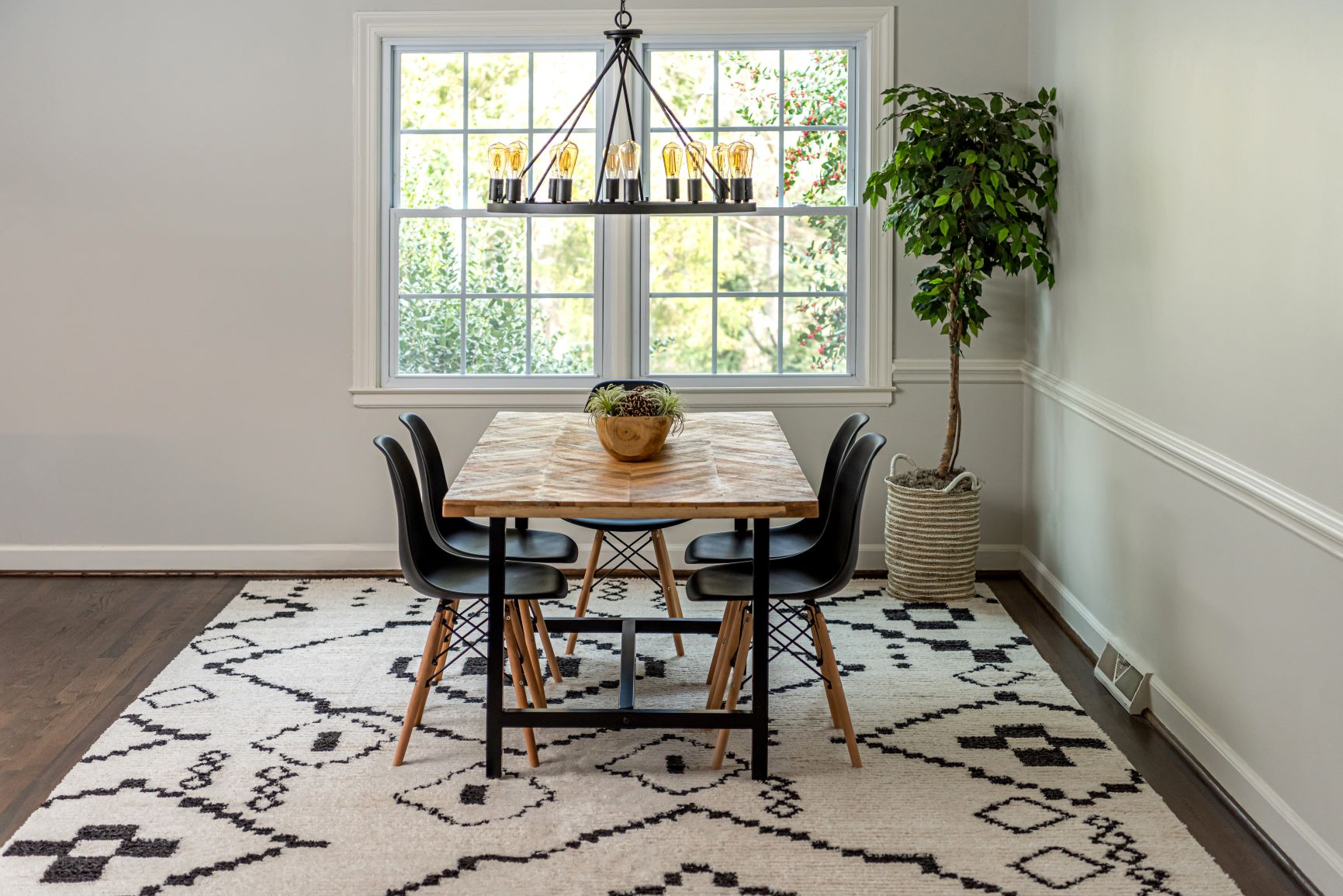
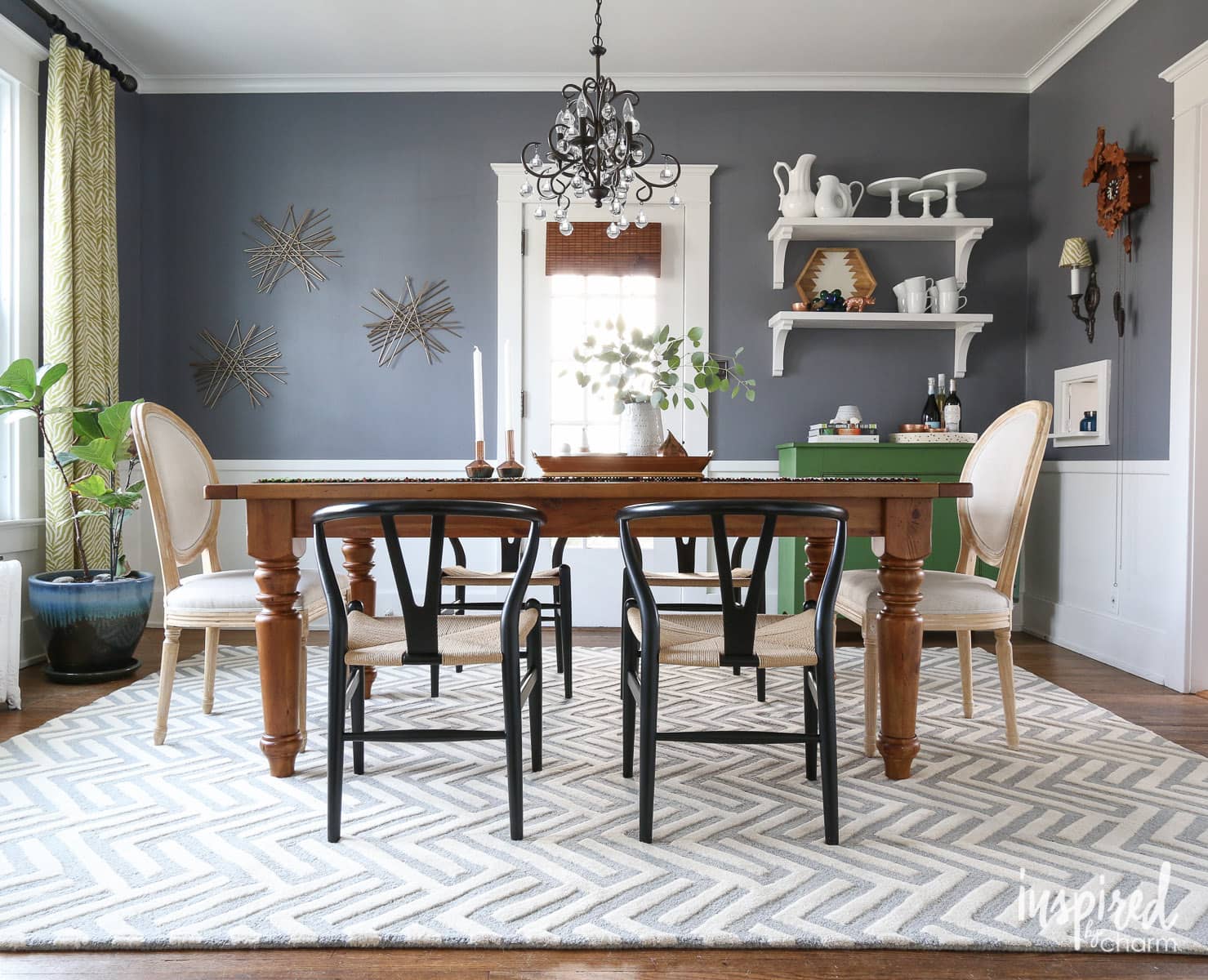
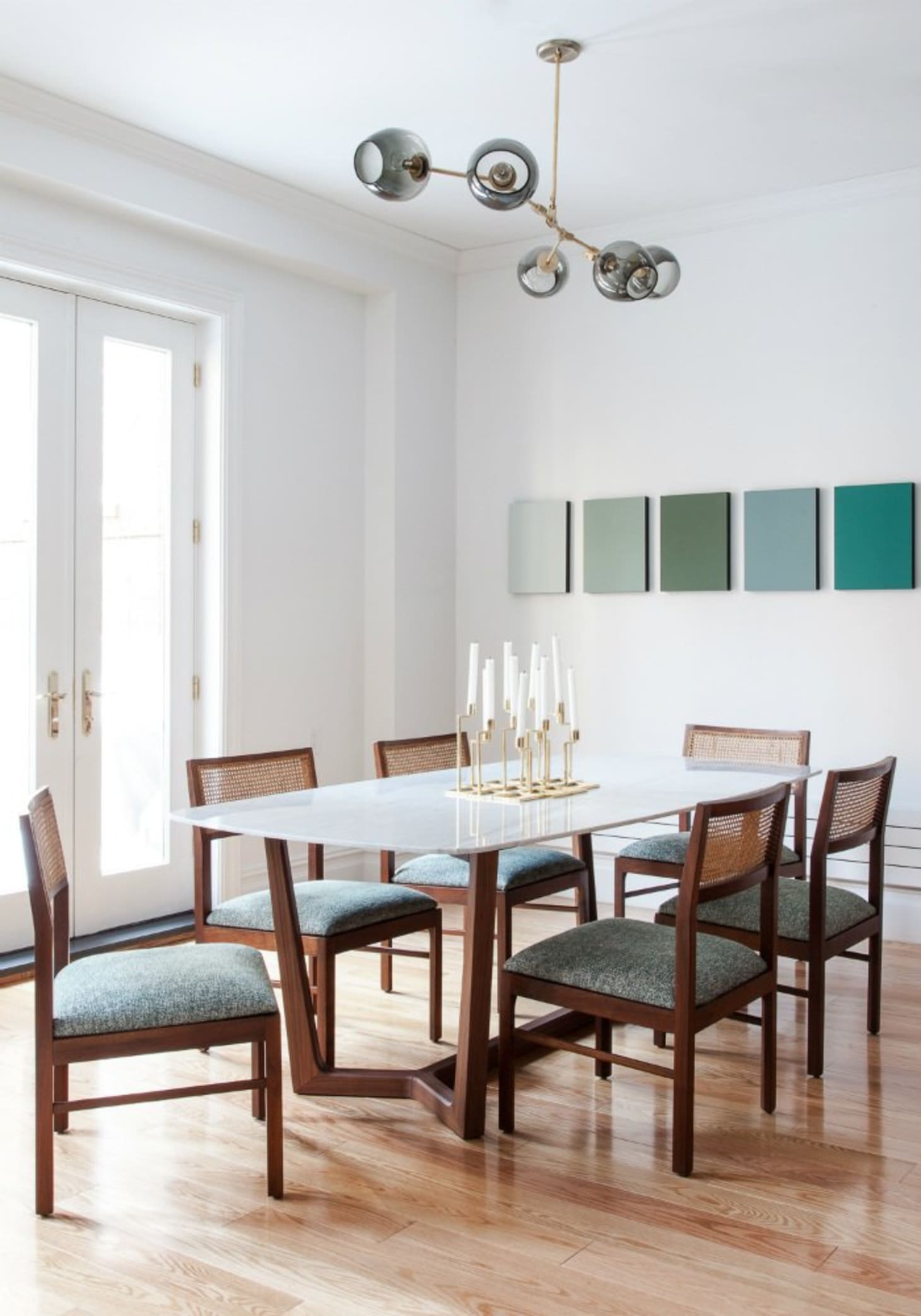



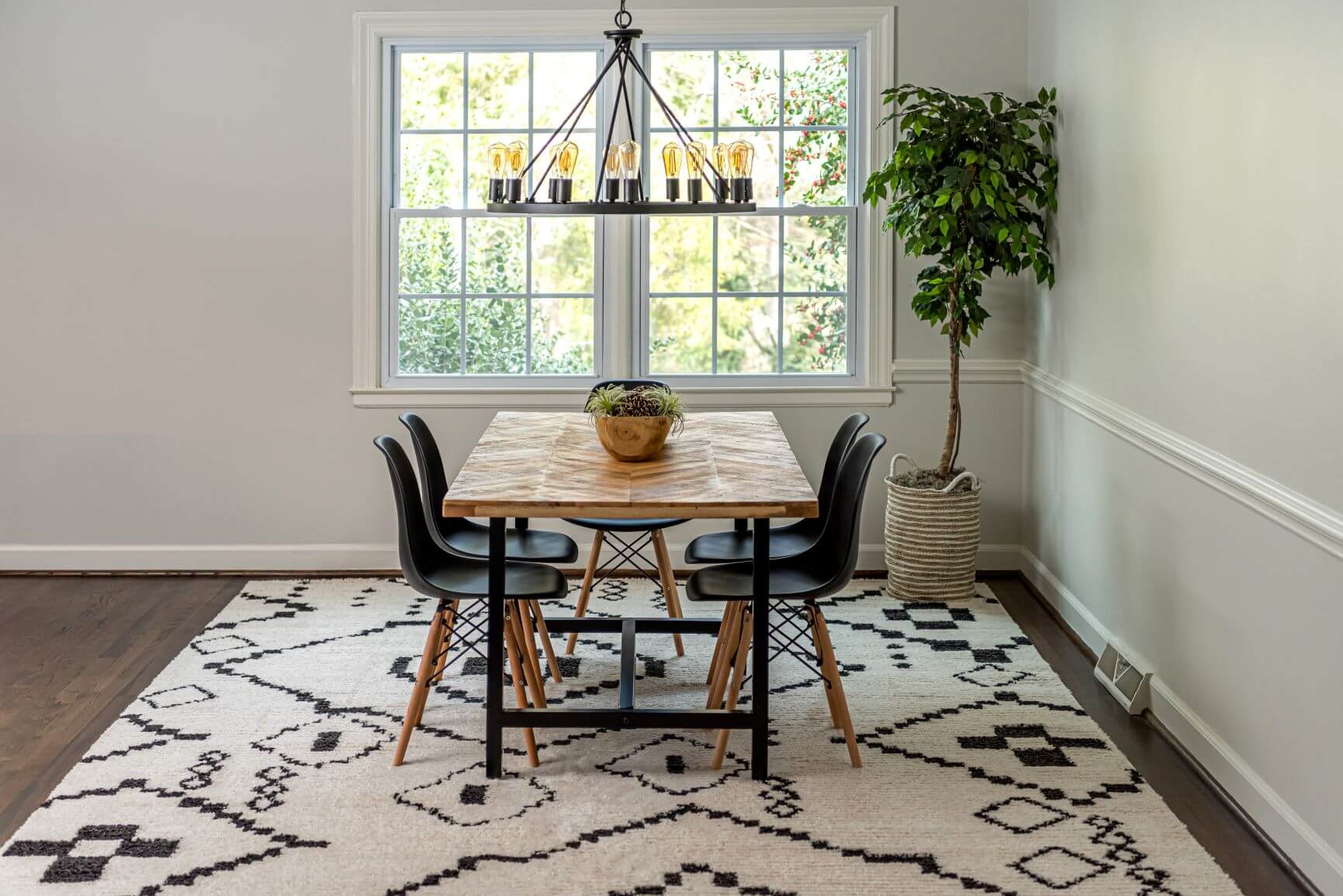

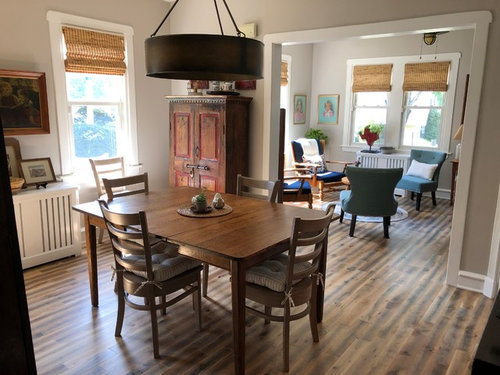


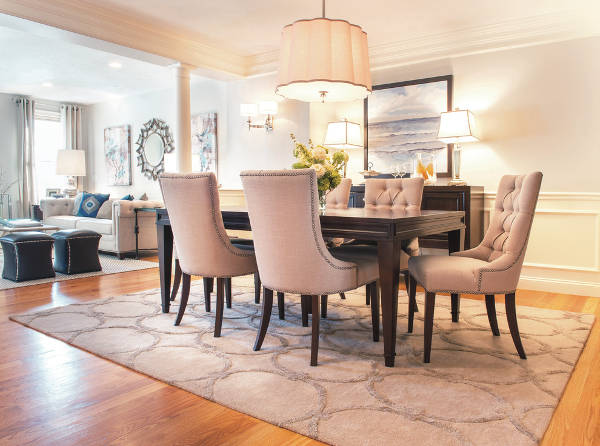


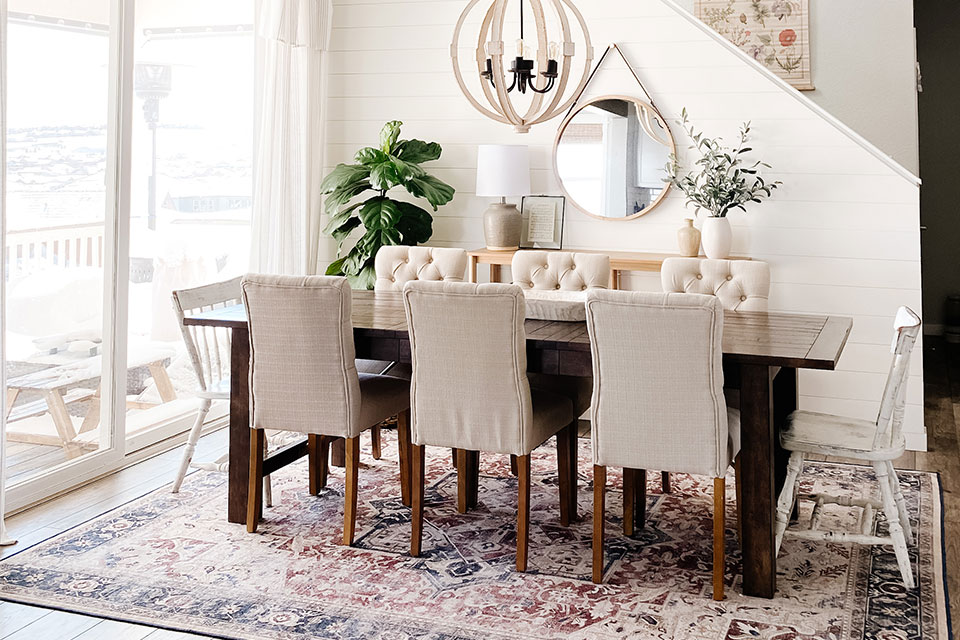


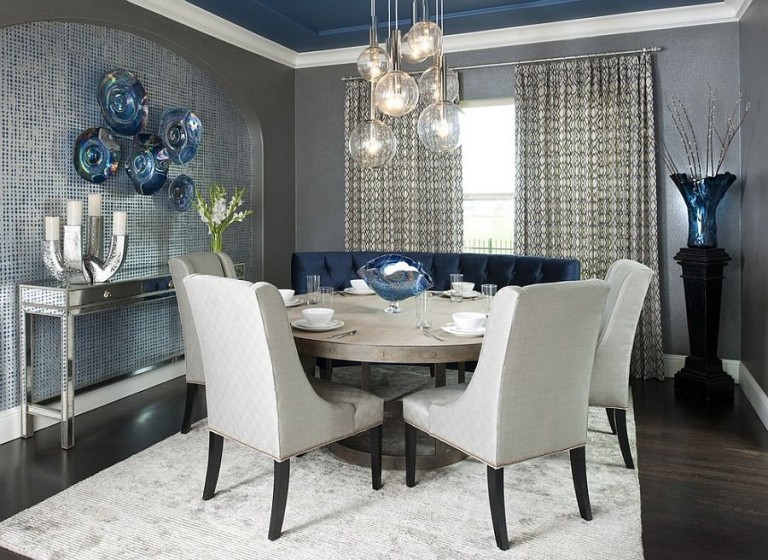


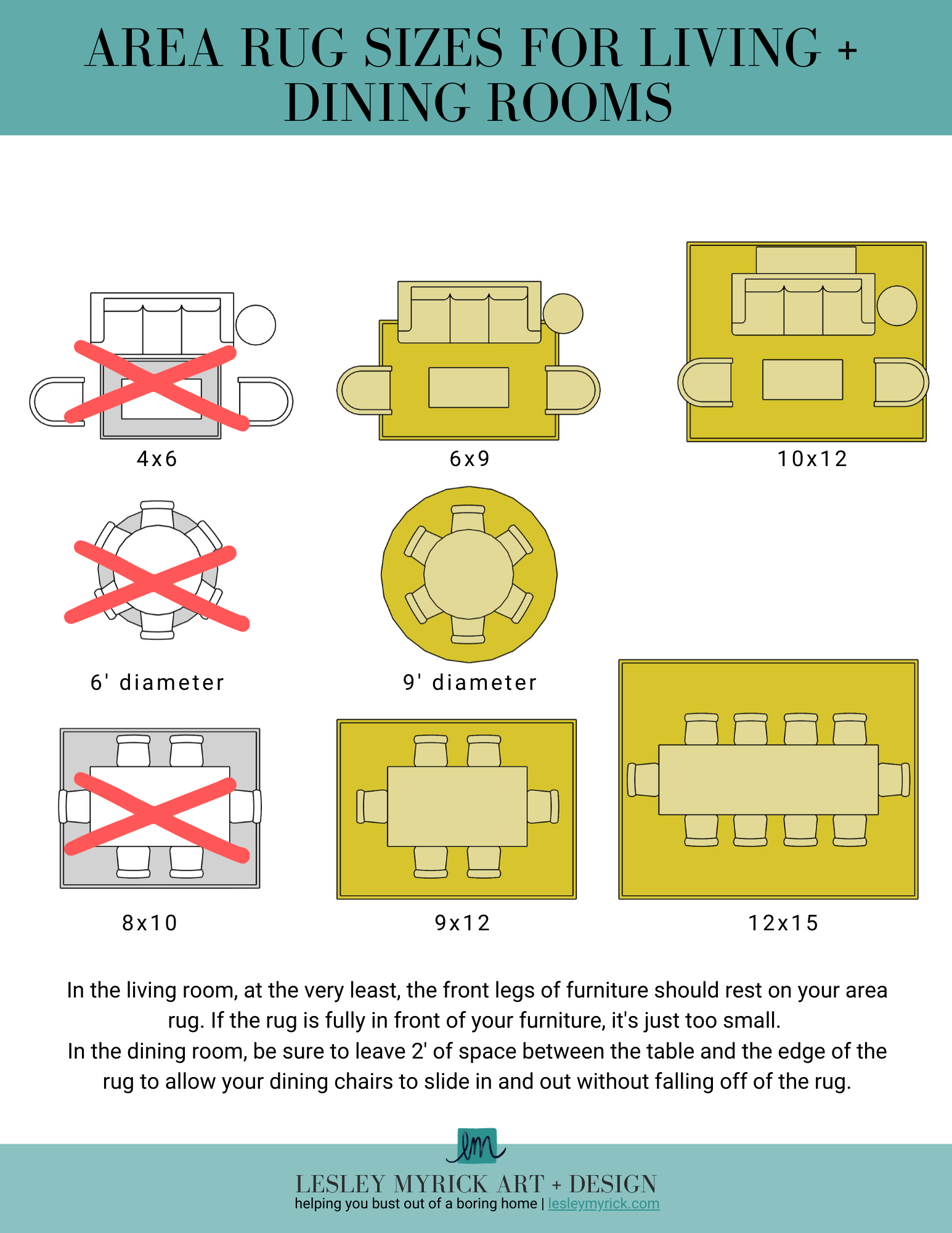
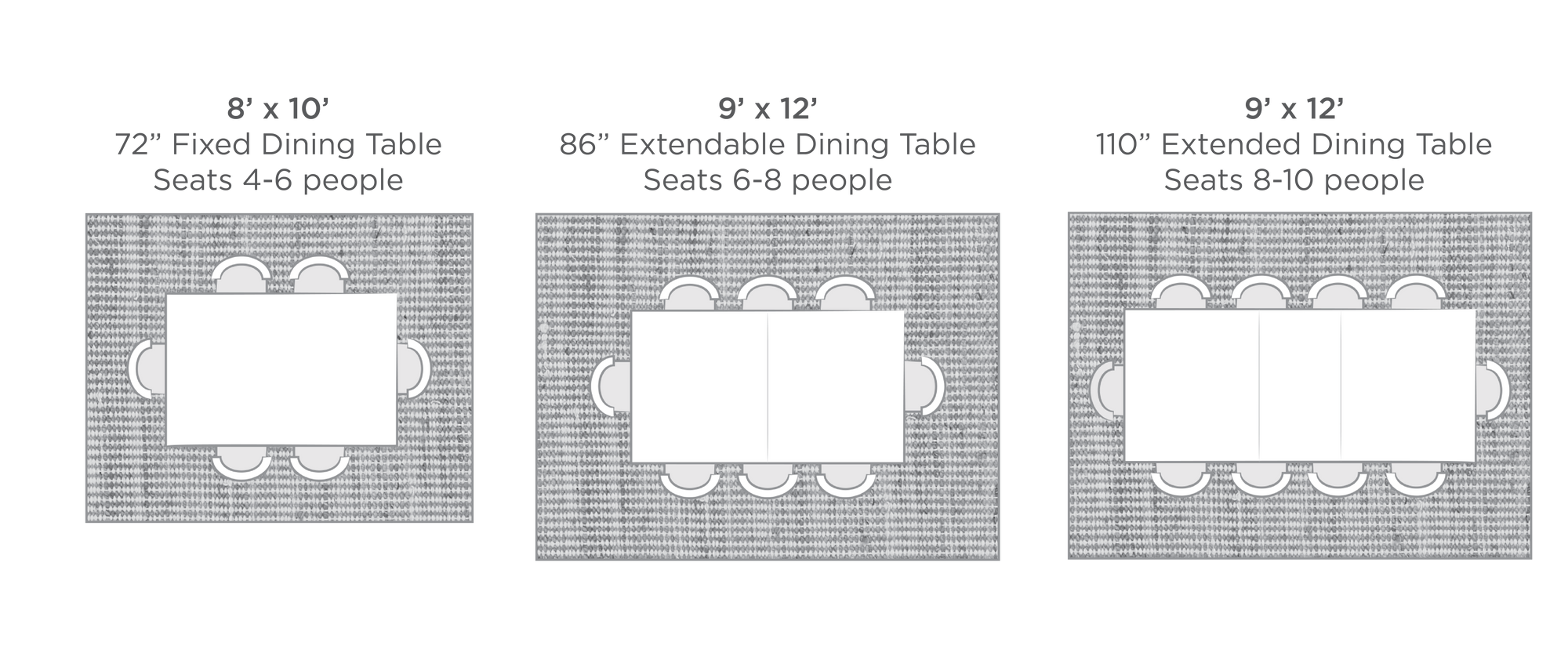
:max_bytes(150000):strip_icc()/DiningRoomwithRug-3034f93d3a964cc8b9ba8b690bebddfb.jpg)

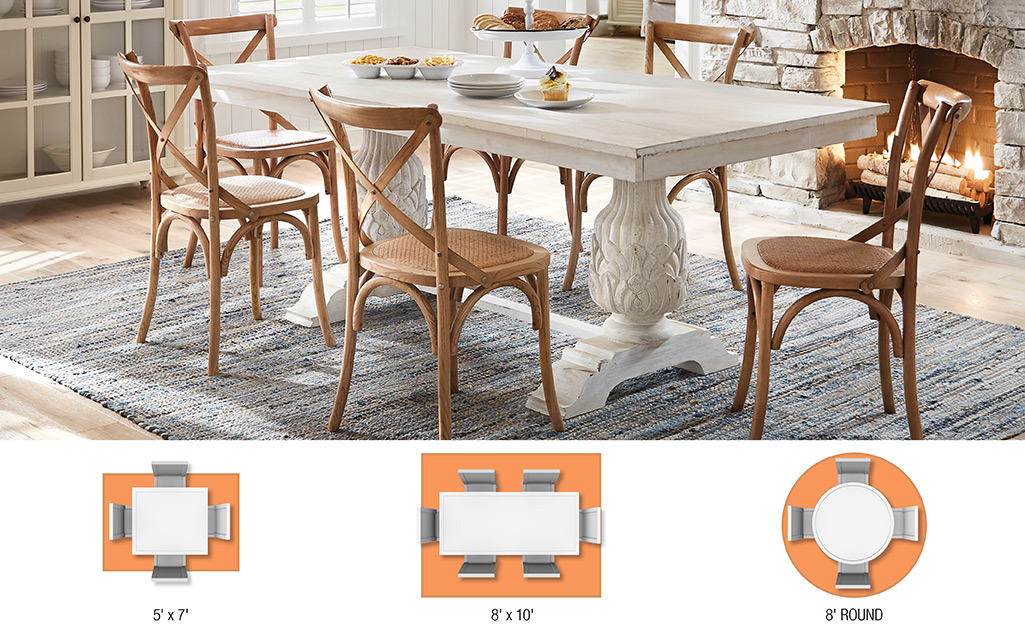
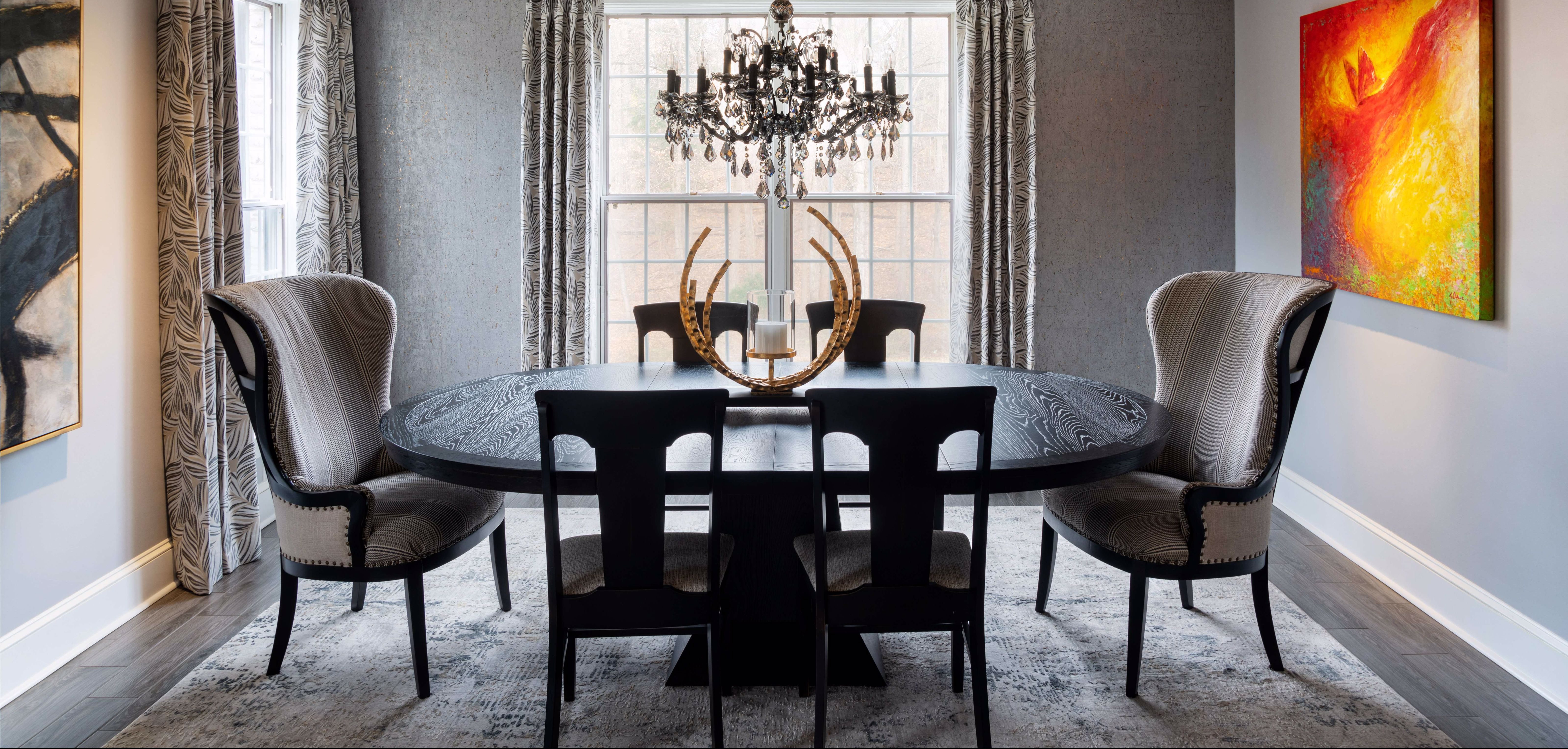

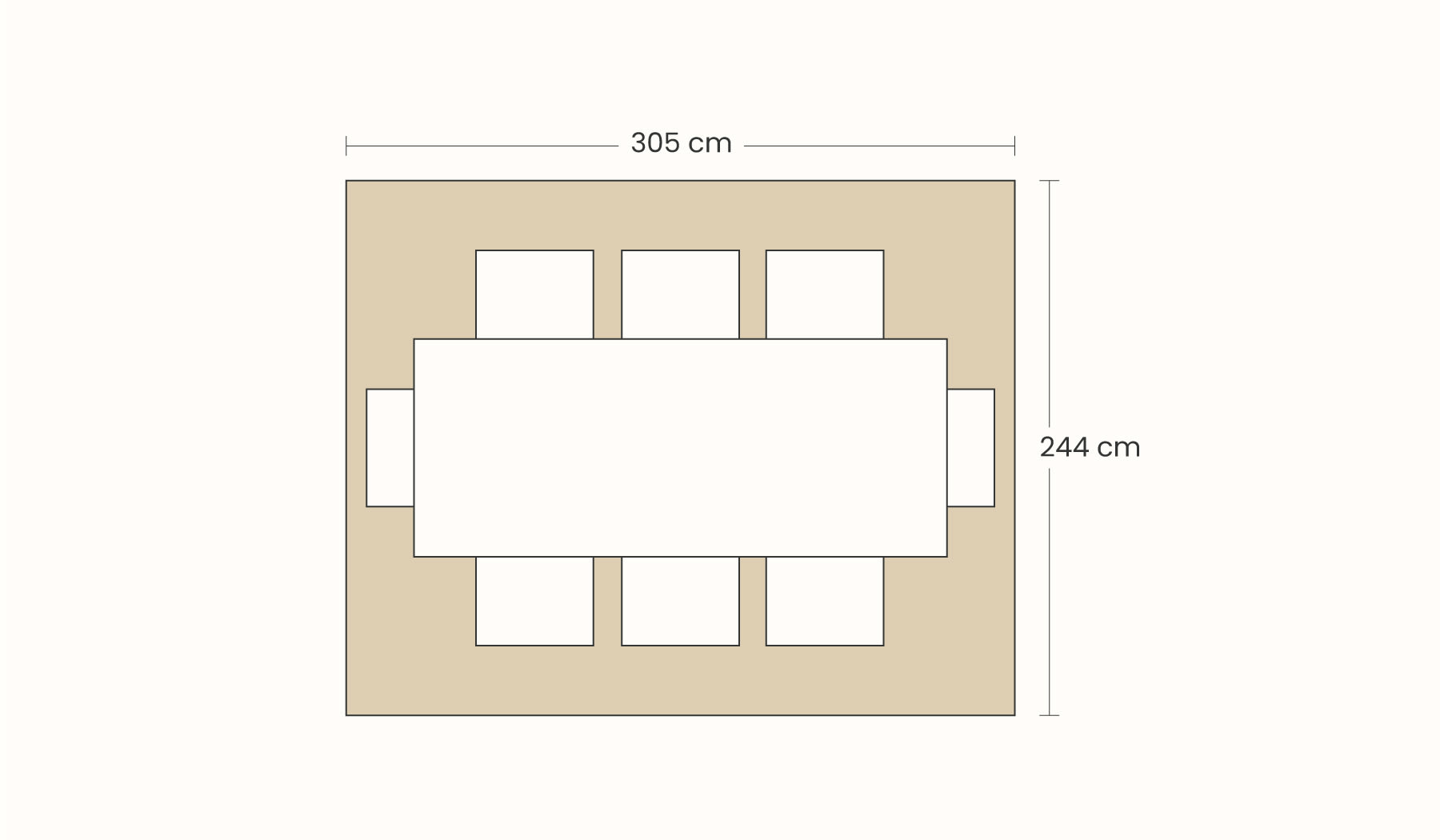
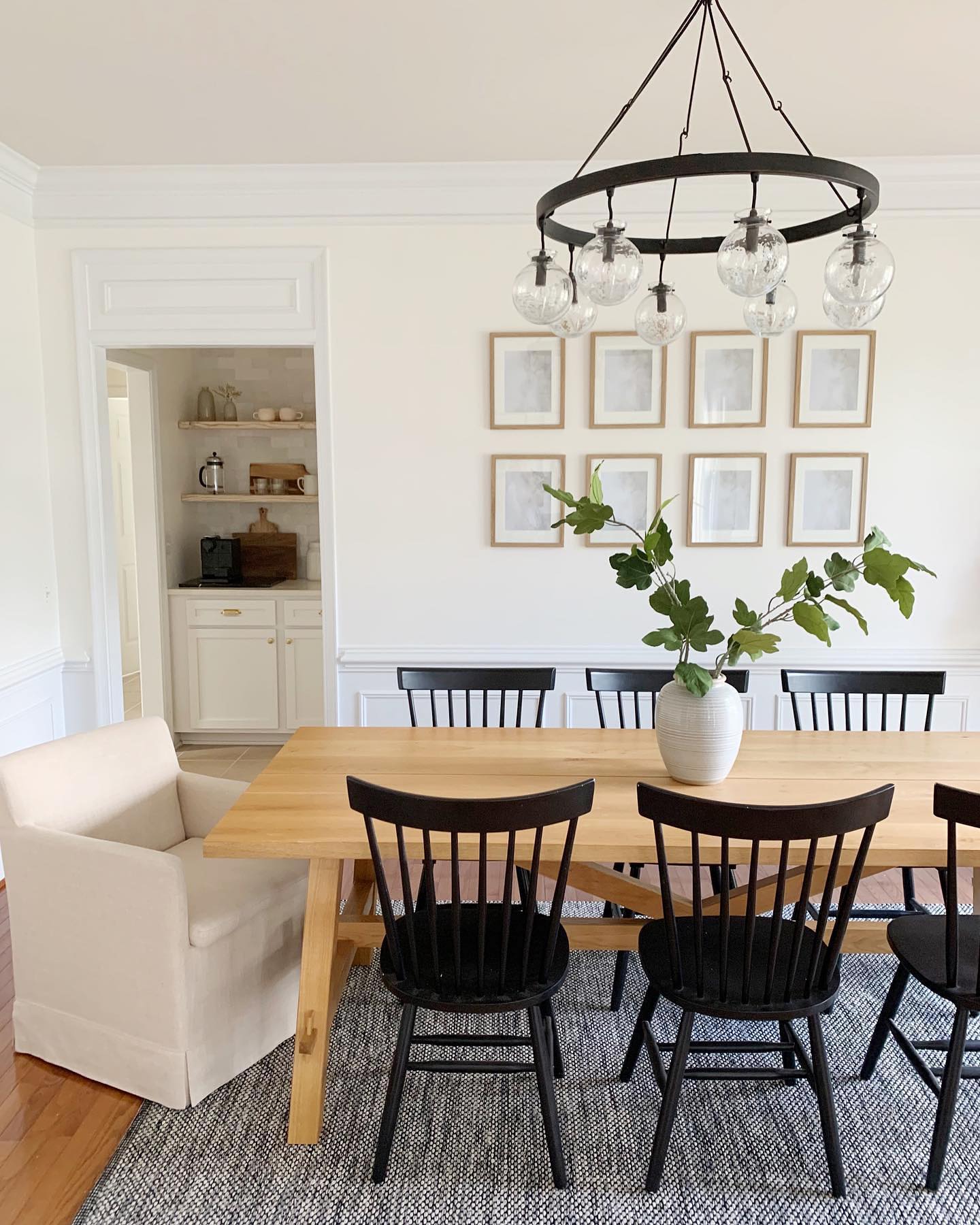


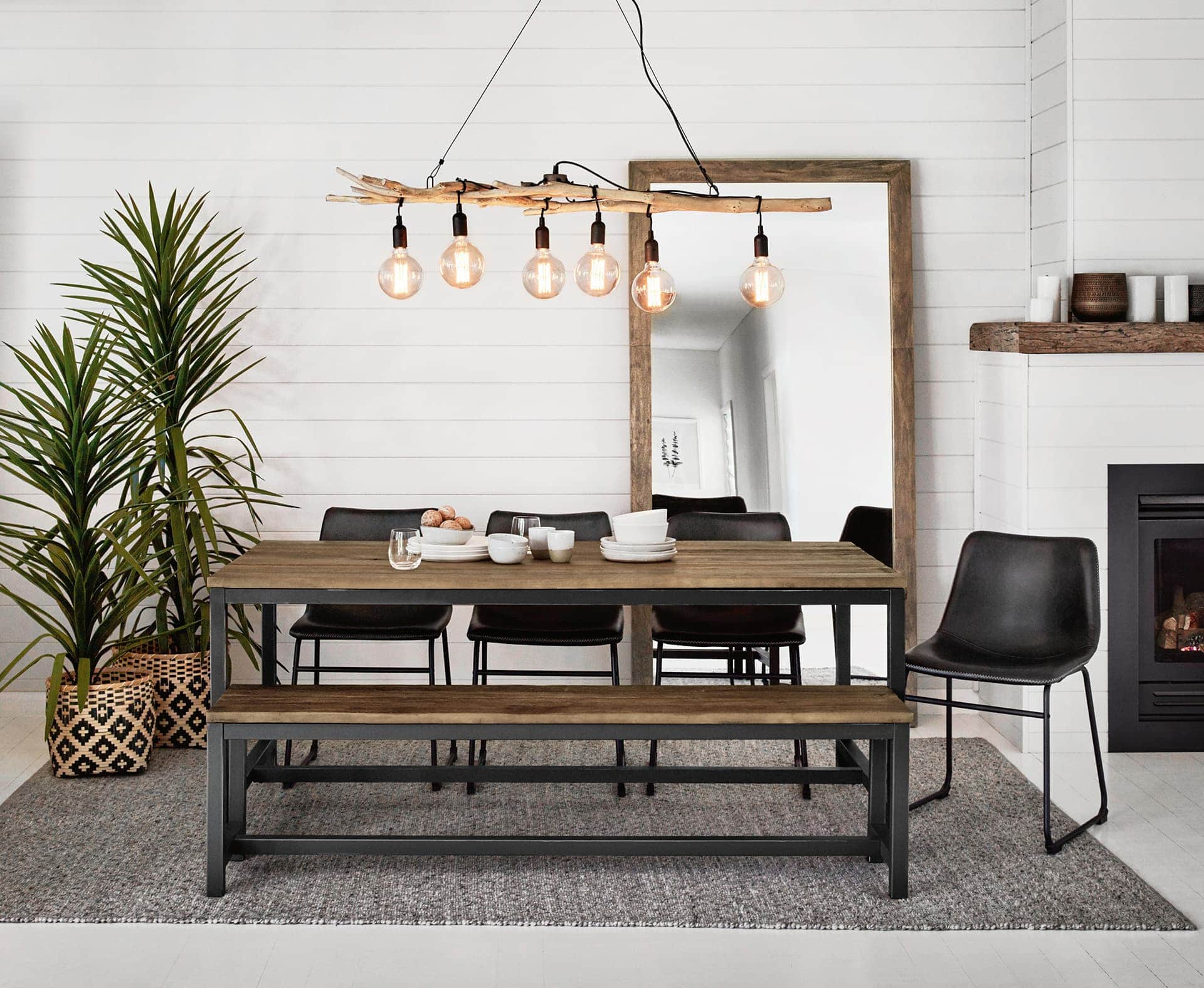




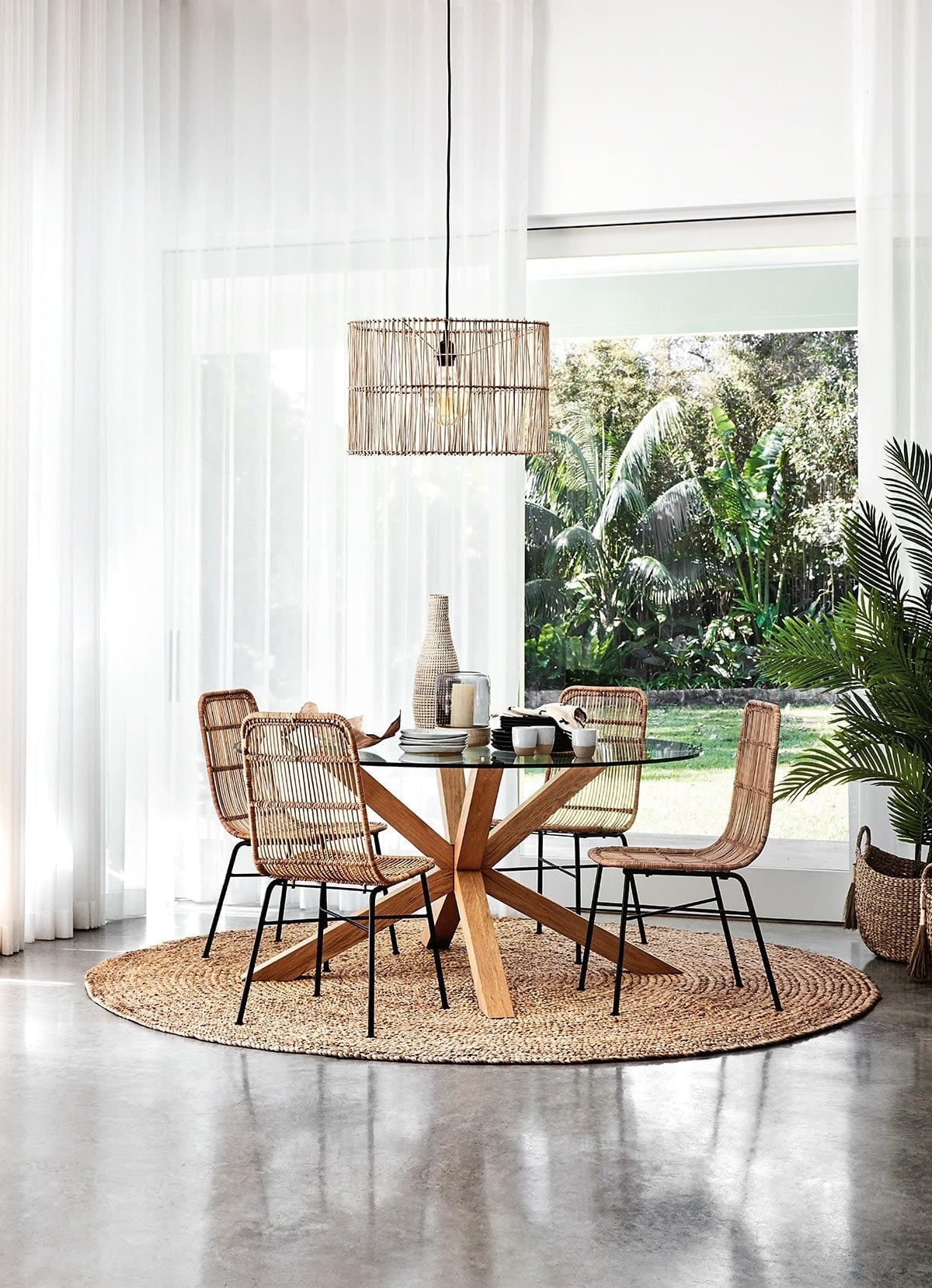



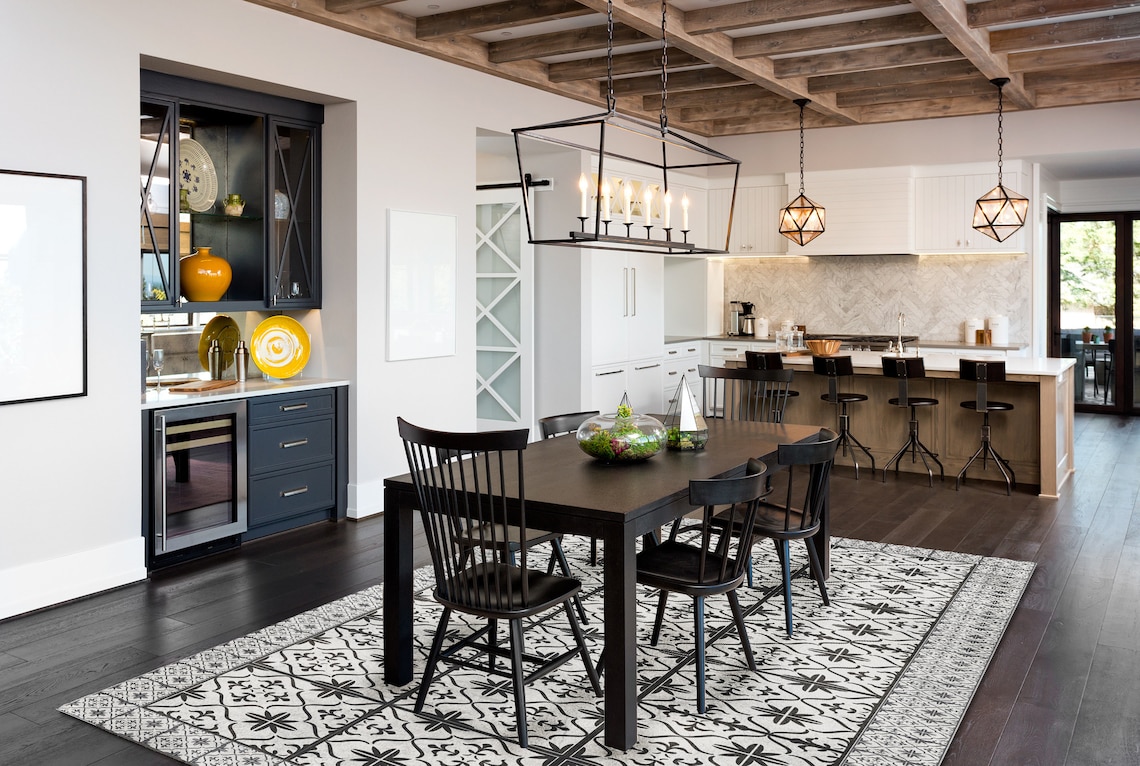





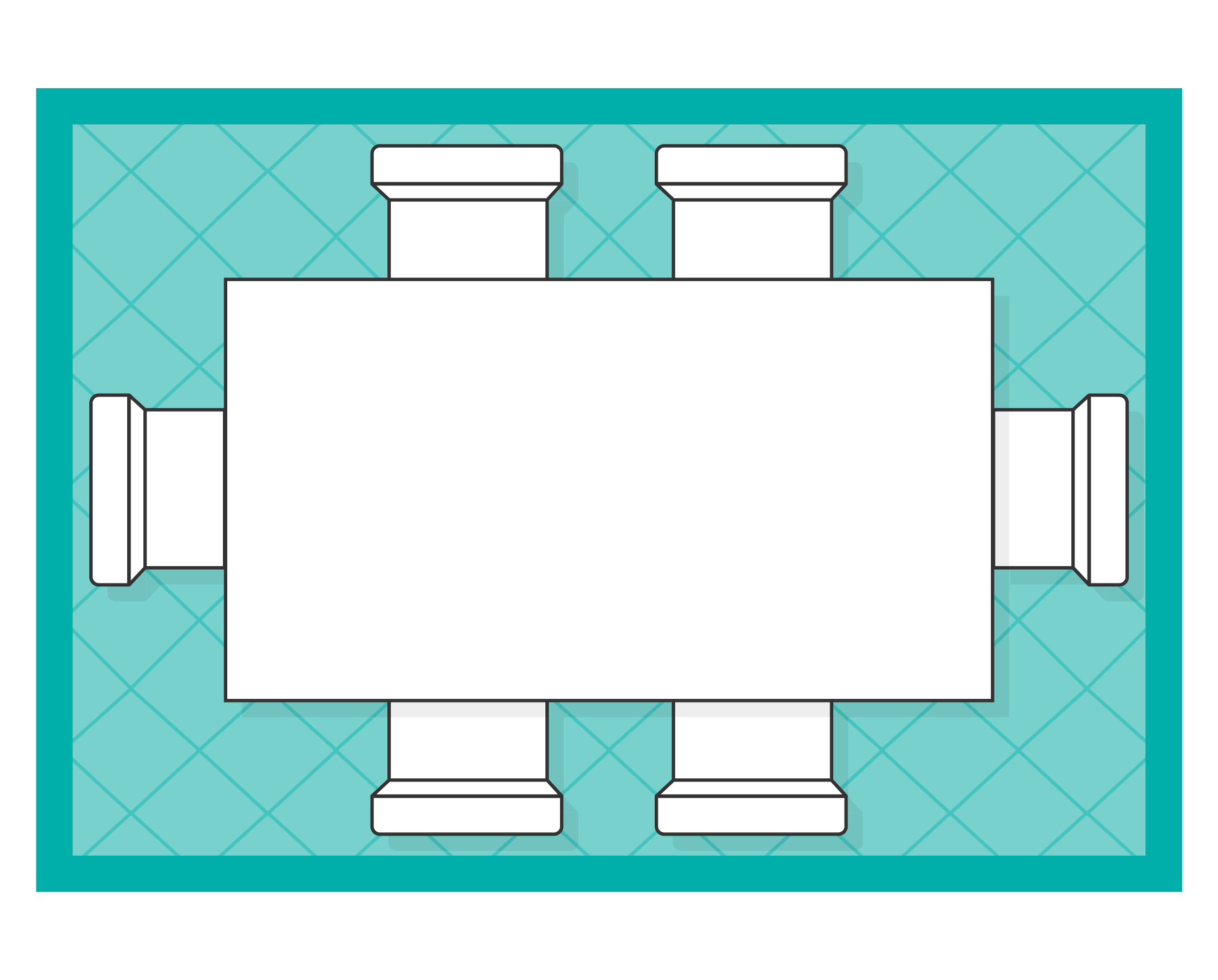


:max_bytes(150000):strip_icc()/choose-dining-room-rug-1391112-05-f4228e699f934939b2399361560ba2e7.jpg)
